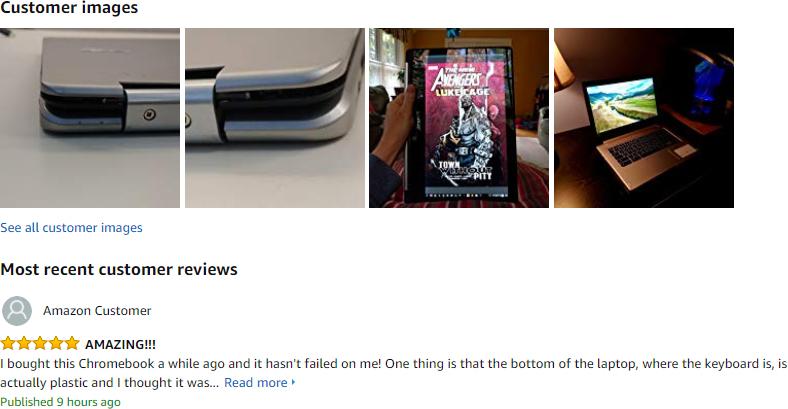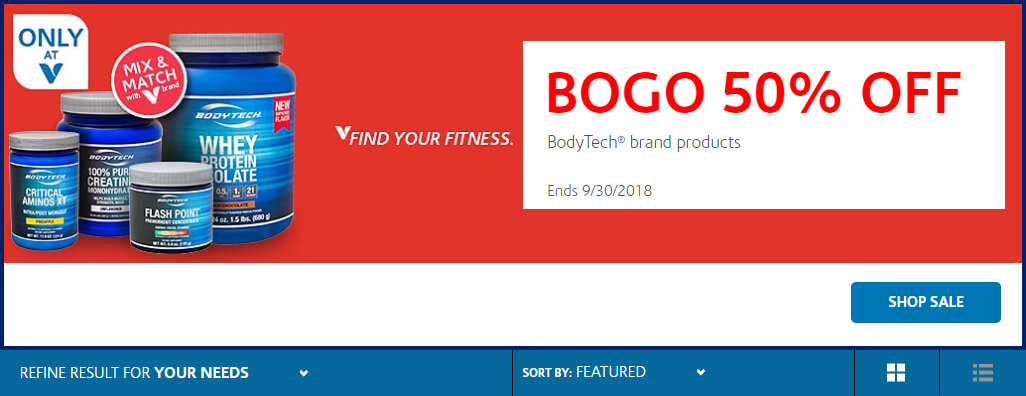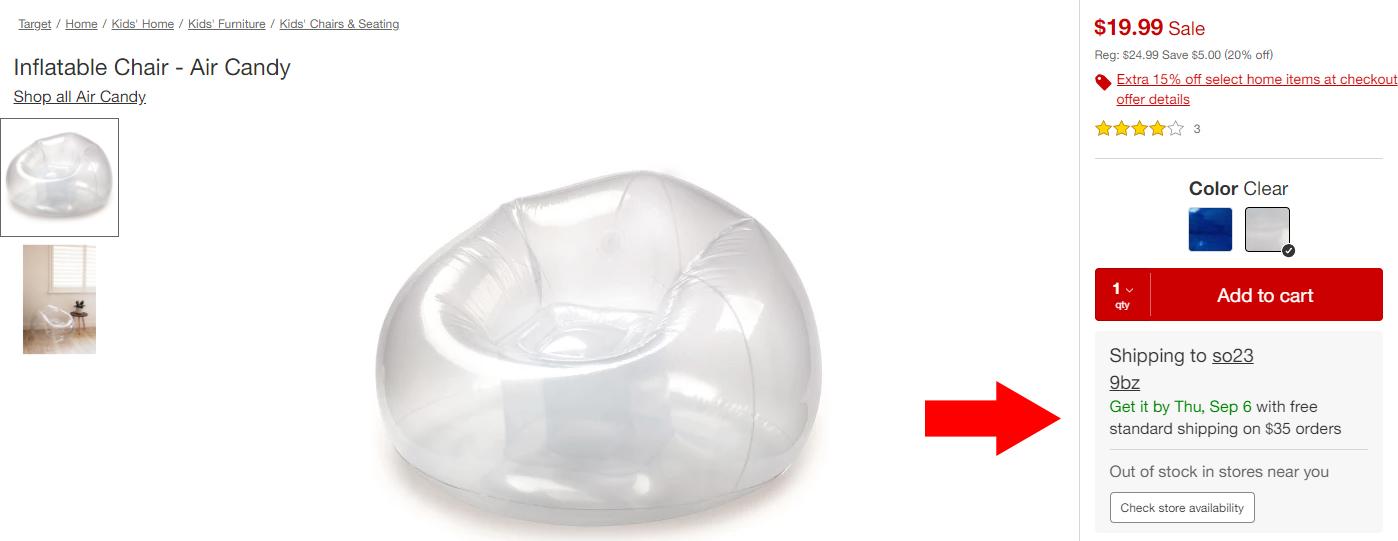The ecommerce world has been fantastic for consumers. Every fresh innovation adds convenience or provides entirely new possibilities, and the advent of mobile buying has been particularly transformative. But all this progress has left prospective buyers very impatient, making life much harder for retailers.
That difficulty also constitutes opportunity, though. While people will more freely reject any buying experiences that fall short, they’re also more susceptible to great salesmanship that can take advantage of their rapid-fire decision-making — particularly when it takes the fundamentals of psychology into account.
In this piece, we’re going to cover 6 promotional elements that you can use to drive conversions even when people are feeling rushed, thus turning the negative of people having lower attention spans into a strong positive. Let’s get to them.
Upselling and cross-selling
Have you ever been standing in line at a checkout and let your gaze wander to the products next to you? Store designers understand that it’s tedious to wait in a line, and take advantage of that by presenting those items — they’re selected because they’re desirable enough to get attention and cheap enough that you won’t think twice about grabbing them.
While selling online, you can do something similar, but go about it in a much more sophisticated way. Configuring a system to intelligently place product suggestions leading up to the checkout stage will help drive up your average order value.
You can push the merits of an upscaled version of the selected item, tempting the customer to spend more, or list inexpensive products that go well with the main item, knowing that the cost will seem miniscule relative to the existing order.
Electronics retailers in general are masters at this, often displaying associated products and accessories on product pages and in baskets. Someone looking at a particular laptop can be presented with a selection of slightly-better (and more expensive) laptops, for instance, encouraging them to “upgrade” their purchase.

Image credit: Best Buy
Above, you can see a laptop I selected at random on the Best Buy site. The moment I reached the product page, I was presented with this array of suggested bundle items and recommended accessories, as well as a highly-presumptuous subtotal and CTA. Since laptop buyers often aren’t experts, they’re tempted to simply go along with the “expert recommendations”.
Overall, it’s inarguable that upselling and cross-selling are fantastic for spurring quick decisions — in fact, a Forrester research analyst found that product upsells and cross-sells account for 10-30% of ecommerce site revenue.
Social proof and product recommendations
Social proof is an incredibly powerful tool for overcoming doubts and objections and convincing a prospective customer that a certain item is right for them. This is why reviews are of paramount importance to ecommerce sites. When they’re not provided, the trustworthiness of the site becomes very questionable.
In general, social proof marketing is on the rise, and even an anonymous recommendation can be enough to drive a sale — but technology means you can do so much more. If you encourage customers to leave feedback on their purchases (possibly including text, images, or even videos), you can make customers feel more valued.
 Image credit: Amazon
Image credit: Amazon
As seen above, Amazon uses this kind of feedback extremely well, littering its product pages with customer-provided images, reviews, and videos (as well as videos curated from other sources such as tech websites).
What’s more, you can then expand your customer personalization by serving the most relevant user-generated content (UGC) to each customer.
But including UGC isn’t the only way to use social proof to make products more tempting. You can also use your customer data to identify other products your customers might be interested in and offer them at appropriate times.
Not only can you list items that similar customers have bought in similar situations (usually in the “people who bought X also bought Y” format), but you can also list the best-rated items in related categories (displaying the most popular SD cards on a camera page, for instance).
Multi-purchase discounts
Another classic promotional feature for driving conversions is the multi-purchase discount. It’s dominated the traditional brick-and-mortar retail environment since time immemorial, and it easily translates to commerce.
A simple promotion of the “buy 2 and get the 3rd half-price” variety is going to be compelling to anyone concerned about value, and someone in a hurry to get their shopping done is likely to welcome the idea of stocking up now and saving money in the process.
 Image credit: The Vitamin Shoppe
Image credit: The Vitamin Shoppe
This is extremely common on fitness supplement sites that have healthy margins to begin with. Above, you can see just one of many multi-purchase offers available on The Vitamin Shoppe, tempting buyers who might otherwise be deterred by the high prices.
This kind of discount isn’t viable for every type of item, obviously, but it works incredibly well when rotated throughout ranges of items that require regular purchases but aren’t perishable (or have long shelf lives).
In a standard grocery store, you’re likely to see multi-buy discounts on items like comestibles or toiletries. Online, you can use this type of discount on any comparable item with a lot of stock and a healthy profit margin.
Free shipping over a threshold
Imagine that you’ve filled out your basket to the tune of $65 on an online store, and you head to the checkout. You see that the shipping will be $25, but you can get free shipping if your order exceeds $100.
Expanding your order to reach that point will ultimately see you spend more than the $90 you would have spent for your original order plus shipping, but you won’t see it that way — you’ll see it as saving $25.
 Image credit: Target
Image credit: Target
Above, you can see this kind of standard threshold on the Target website. If you order a $19.99 inflatable chair, you’ll be drawn to spend just $15.01 more for free shipping.
This feature is extremely common (to the extent that just about every mainstream cross-platform webstore designer supports shipping price thresholds natively), and incredibly convincing. With a big enough margin on the standard shipping cost, free shipping on larger orders can easily be accommodated.
Ultimately, customers don’t want to finalize their orders feeling that they’ve lost out somehow. People always want to buy more things, and if you can attach that prospect to getting free shipping, they’ll take full advantage.
Limited or low stock
When a shopper is in a major hurry, they’re going to do one of two things: make a purchase very quickly, or leave altogether. On your site, they’ll be trying to decide whether they should stick around or go elsewhere, and a great way to win their business is to convince them that going elsewhere will mean missing out on something amazing.
This is because people inherently value what they consider to be scarce. There was a famous study in 1975 that investigated how people would value cookies in two identical glass jars. One jar had ten cookies, and the other had just two. Though the cookies and jars were identical, participants valued the ones in the near-empty jar more highly.
To exploit this, you can mention that a product only has limited availability, or outright state that the stock is low and soon to run out. Believing that abandoning the site will most likely result in them losing the chance to buy it, the browser will feel a strong compulsion to get it while they still can.

As seen above, hotel and accomodation site Booking.com is a particularly good example of how to use FOMO — a listing might say “Only 1 room left in this hotel” or tell you how many others are looking at the room you’re considering.
Fixed-term sales
Another way to use FOMO is to implement fixed-term sales. Some businesses don’t say when their sales will end because they worry that people will wait until the last minute to buy, but it actually makes things worse because people wait too long and miss out entirely.
If you make it absolutely obvious when a sale will end — perhaps through including a giant countdown clock — then every second that ticks by will ramp up the pressure on the visitor.
 Image credit: Costco
Image credit: Costco
This is used to some extent or another by every major retailer. Above, you can see it in a mild form on the Costco website — in fact, every slide on the homepage slider contains a fixed-term sale.
When a hurried shopper visits your store and sees that a big sale is shortly to end, they’ll feel that the timing has worked out perfectly to benefit them at that moment, and gladly follow through with an order.
There you have it: 6 promotional features you can use to maximize the revenue you get from hurried customers. This all ultimately comes down to psychology principles — the more keenly you can understand how your customers think, the better positioned you’ll be to configure your store to meet their urgent needs.


